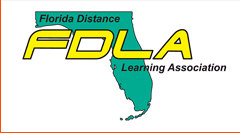Article Title
Abstract
Since the devastating COVID-19 pandemic, most schools, colleges, and universities worldwide underwent a paradigm shift by transitioning to digital teaching and learning modalities. This phenomenon was essential to mitigate the contagion; however, the academic institutions needed to quickly come up with ways to ensure that the quality and rigor of education were maintained, especially the active and experiential learning required by undergraduate and graduate courses in science, technology, engineering, and mathematics (STEM). This paper highlights key approaches reported or proposed to effectively conduct college-level, in-person STEM courses online owing to the pandemic. These would range from synchronous versus asynchronous pedagogies to methods of teaching and assessing traditional face-to-face courses remotely, along with the application of cutting-edge technologies to uphold academic integrity. In addition, the analysis would help identify and bridge gaps among college students, faculty, and administrators in integrating instructional and evaluation tools for distance STEM education.
Recommended Citation
De, Santanu and Arguello, Georgina
(2021)
"Teaching and Assessing College STEM Courses Online During COVID-19: Evidence-based Strategies and Recommendations,"
FDLA Journal: Vol. 6, Article 7.
Available at:
https://nsuworks.nova.edu/fdla-journal/vol6/iss1/7
Included in
Educational Assessment, Evaluation, and Research Commons, Educational Methods Commons, Educational Technology Commons, Higher Education Commons, Online and Distance Education Commons, Science and Mathematics Education Commons
